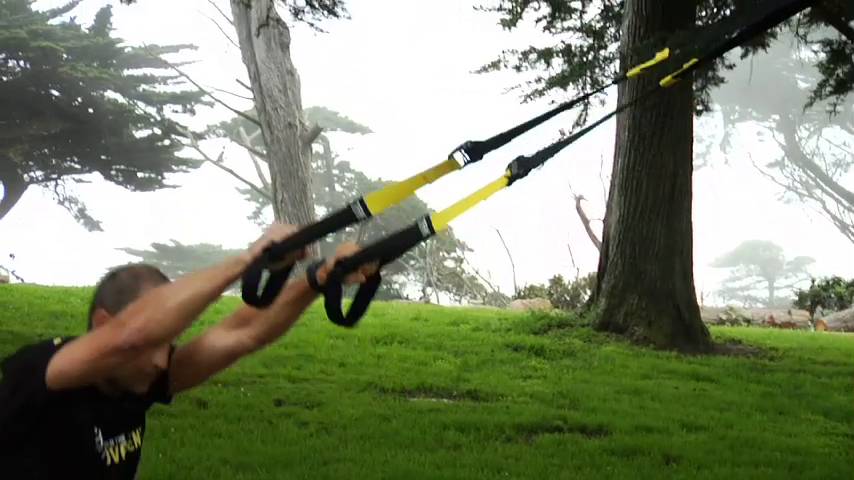While many of us fit pros may identify as “Trainers", at TRX, we push our education grads to start referring to themselves as “Coaches.” (After all, Trainers work with dogs and horses; Coaches work with people). Not that we have anything against dog trainers, but let’s face it, the human body is complicated. There are thousands upon thousands of factors to consider with each individual you work with - and if you overthink it, you could find yourself knee deep in the weeds.
So how do we achieve that next-level status without spending the next few years fumbling around for answers? Simple answer: learn to coach movement. This means that before you even pick up a piece of equipment, or try to memorize a bunch of exercises, you work on mastering the primary Foundational Movements. Simple enough, right?
(Spoiler alert... this is the x-factor that sets Coaches apart from Trainers. Not to mention the fact that it will make your job a whole helluva lot easier).
Lucky for you, the TRX Academy Courses deliver a digestible, ready-to-use approach to coaching movement that is applicable to - and here’s the kicker - any person, level, exercise, and piece of equipment.
We break it down like this:
1. SETTING THE STANDARD.
Translation: Get really really good at your planks, pulls, pushes, etc... on and off the Suspension Trainer.
The first step in becoming a solid Coach starts with mastering your movement standards. Think about it, every single thing we do in life starts with movement (and most likely, it's one of the TRX Foundational Movements). So if you have those down, you’re starting to get dangerous - in a good way.
When you leave the TRX Suspension Training Course, you’ll be able to spot and correct a lousy plank in your sleep. This is powerful stuff. Moving us right along to the next step.
2. CHANGING THE CONDITIONS.
Translation: Conditions = altering the challenge of the movement with a modification or piece of equipment.
In other words, once you have your standard of movement down to an art form, you can change the condition, and then coach corrections and progressions accordingly. Still scratching your head? Basically that means, whether you’re using kettlebells, battle ropes, or teaching your kid how to crush free throws, if you can successfully apply the standard of movement, you can successfully coach the exercise, using any modality, etc.
Here’s a quick example using a hinge (check out the video below). The standard of the hinge movement, is maximal hip flexion and minimal knee flexion. Once that standard is executed on the Suspension Trainer, Miguel changes the condition with a kettlebell.
To learn more about various TRX Foundational Movements, check out these articles:
Even better, if you’re looking to step up your game and go from Trainer to Coach, check out one of our TRX Academy Live Courses. Hint: if you have never taken a course, start with the TRX Suspension Training Course (STC).


